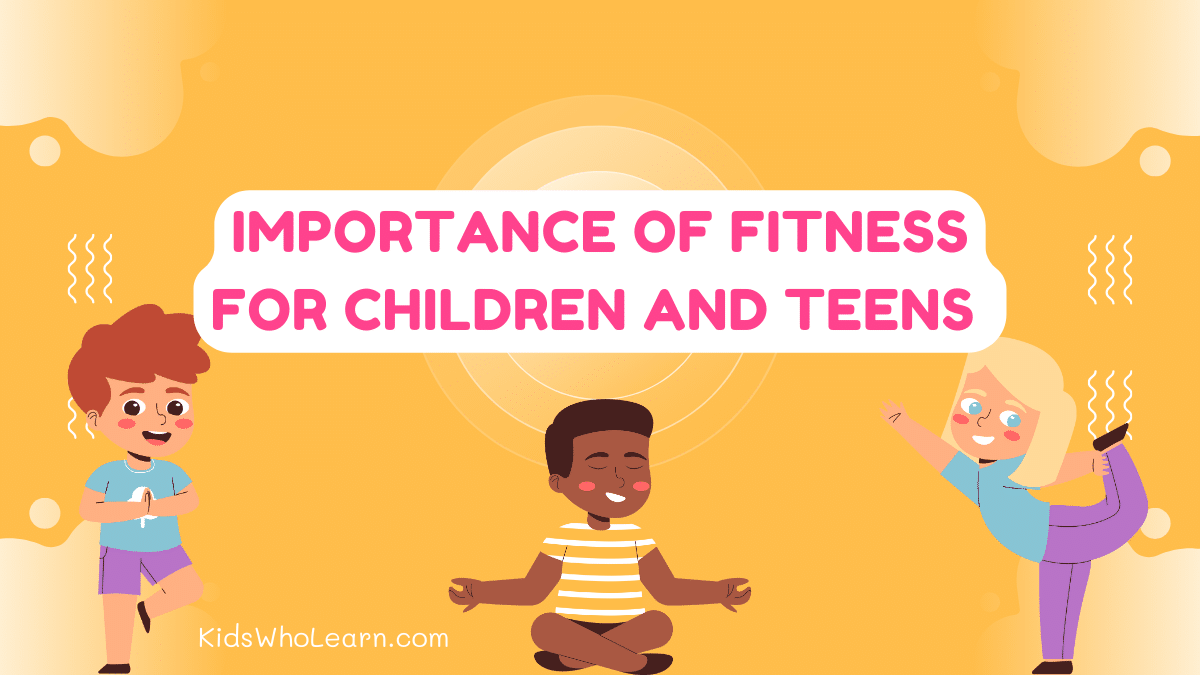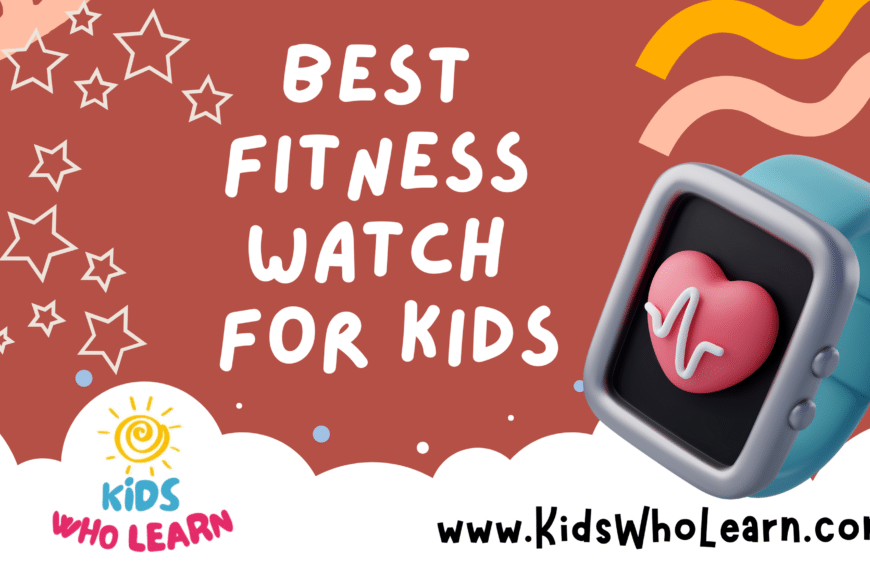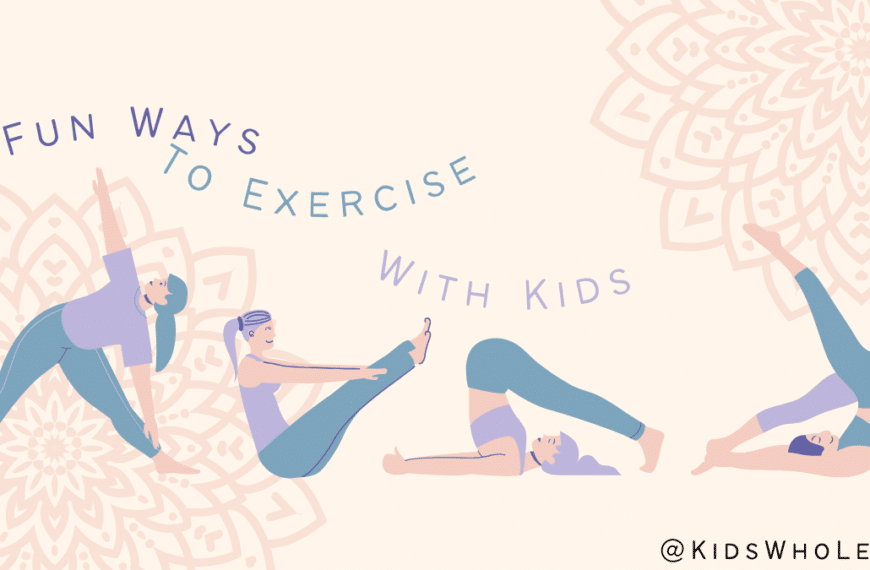Physical fitness is a crucial aspect of a healthy lifestyle, and it is essential to maintain it from a young age. However, in recent years, there has been a growing concern over the physical fitness of children and adolescents. This concern arises from the fact that an increasing number of children and adolescents are leading sedentary lifestyles, which can have long-term consequences for their health.
The lack of physical activity among children and adolescents is a significant concern, given that physical fitness is essential for their overall well-being. Physical activity not only helps in maintaining a healthy weight but also contributes to the development of strong bones and muscles, as well as improved mental health. However, with the rise of technology and sedentary activities, such as video games and social media, children and adolescents are spending more time indoors and less time engaging in physical activity. As a result, there is a growing concern over the physical fitness of this age group.
Physical Fitness in Children and Adolescents
Current State of Physical Fitness
Physical fitness is an essential component of a healthy lifestyle. However, the current state of physical fitness in children and adolescents is a growing concern. Research indicates that children and adolescents are becoming increasingly sedentary and are not getting enough physical activity. This trend is particularly alarming given the numerous health benefits associated with physical activity, including improved cardiovascular health, better mental health and cognitive function, and reduced risk of obesity and chronic diseases.
According to the Centers for Disease Control and Prevention (CDC), only 21% of children and adolescents in the United States meet the recommended guidelines for physical activity, which is at least one hour of moderate to vigorous physical activity per day. This lack of physical activity has contributed to the rise in childhood obesity rates, which have more than tripled in the last four decades.
Factors Affecting Physical Fitness
Several factors contribute to the decline in physical fitness among children and adolescents. One major factor is the increased use of technology, such as smartphones, tablets, and video games, which has led to more sedentary behavior. Children and adolescents are spending more time sitting and less time engaging in physical activity.
Another factor is the decrease in physical education programs in schools. Many schools have cut back on physical education classes due to budget constraints, leaving students with fewer opportunities to engage in physical activity during the school day.
In addition, changes in the built environment have made it more difficult for children and adolescents to be physically active. For example, the rise of suburban and exurban development has led to more car-dependent communities, making it harder for children and adolescents to walk or bike to school or other destinations.
Overall, it is essential to address the growing concern over the physical fitness of children and adolescents. By promoting physical activity and creating environments that support active lifestyles, we can help ensure that children and adolescents develop healthy habits that will last a lifetime.
Growing Concerns
Physical fitness is an essential aspect of a healthy lifestyle for children and adolescents. However, there is a growing concern over the physical fitness of children and adolescents. This section will discuss the health, psychological, and social implications of the lack of physical fitness among children and adolescents.
Health Implications
The lack of physical fitness among children and adolescents can lead to several health problems, such as obesity, heart disease, and diabetes. According to the World Health Organization (WHO), the prevalence of childhood obesity has increased dramatically in the past few decades. Obesity is a significant risk factor for several chronic diseases, including heart disease, stroke, and diabetes.
Psychological Implications
Physical fitness is not only important for physical health but also for mental health. The lack of physical fitness among children and adolescents can lead to several psychological problems, such as anxiety, depression, and low self-esteem. Physical activity has been shown to improve mood, reduce stress and anxiety, and improve self-esteem.
Social Implications
The lack of physical fitness among children and adolescents can also have social implications. Children and adolescents who are not physically fit may have difficulty participating in sports and other physical activities, leading to social isolation and a lack of social skills. Additionally, the lack of physical fitness can lead to a lack of confidence, making it difficult for children and adolescents to form meaningful relationships with their peers.
In conclusion, the lack of physical fitness among children and adolescents can have significant health, psychological, and social implications. It is essential to encourage physical activity and promote a healthy lifestyle to ensure the well-being of our children and adolescents.
Role of Schools and Parents
School Physical Education Programs
Schools play a vital role in promoting physical fitness among children and adolescents. Physical education programs in schools are designed to provide students with the knowledge and skills necessary to maintain a healthy lifestyle. These programs include exercises, sports, and games that help children develop their physical abilities and improve their overall health.
Physical education classes also teach children the importance of regular exercise and healthy eating habits. Students learn about the benefits of physical activity and how it can help prevent chronic diseases such as obesity, diabetes, and heart disease. Moreover, physical education programs in schools can help reduce stress and improve mental health among students.
To ensure that physical education programs are effective, schools must provide adequate resources and facilities. This includes hiring qualified teachers and coaches, providing appropriate equipment, and creating safe and supportive environments for students to participate in physical activities.
Parental Influence
Parents also play a crucial role in promoting physical fitness among children and adolescents. They can encourage their children to participate in physical activities and make healthy food choices. Parents can also set a good example by staying active themselves and modeling healthy behaviors.
Moreover, parents can support physical education programs in schools by advocating for more resources and facilities. They can also volunteer their time and expertise to help organize sports events and other physical activities for students.
It is important for parents to be aware of the benefits of physical fitness and the risks of a sedentary lifestyle. They can work with schools and other community organizations to promote physical activity and healthy living. By working together, schools and parents can help ensure that children and adolescents develop healthy habits that will last a lifetime.
Potential Solutions
Government Initiatives
Governments can play a significant role in promoting physical fitness among children and adolescents. They can invest in building playgrounds, sports facilities, and other recreational areas in schools and public spaces. They can also encourage schools to make physical education mandatory and ensure that students receive adequate time for physical activities during the school day. Moreover, governments can introduce policies that promote healthy eating habits and discourage the consumption of junk food and sugary drinks.
Community Programs
Community programs can be an effective way to promote physical fitness among children and adolescents. These programs can include after-school sports clubs, summer camps, and other recreational activities. Local sports teams can also help by providing opportunities for children to participate in organized sports. Furthermore, community organizations can work with schools to provide resources and support for physical education programs.
Family Involvement
Parents and family members can play a crucial role in promoting physical fitness among children and adolescents. They can encourage their children to participate in physical activities and provide opportunities for them to do so. They can also model healthy behaviors by engaging in physical activities themselves and making healthy food choices. Family involvement can also include participating in community programs and advocating for policies that promote physical fitness.
In summary, there are several potential solutions to address the growing concern over the physical fitness of children and adolescents. Governments can introduce policies and invest in infrastructure, community programs can provide opportunities for physical activities, and families can play a crucial role in promoting healthy behaviors. By working together, we can ensure that our children grow up to be healthy and active adults.
Conclusion
In conclusion, the growing concern over the physical fitness of children and adolescents is a multifaceted issue that requires attention from parents, educators, and policymakers alike. While there are many factors that contribute to this concern, including sedentary lifestyles, poor nutrition, and lack of access to physical education, there are also many solutions that can be implemented to address these issues.
One important solution is to increase physical activity in schools and communities. This can be achieved through initiatives such as after-school sports programs, physical education classes, and community fitness events. Additionally, parents can encourage their children to be more active by limiting screen time and promoting outdoor play.
Another important solution is to improve nutrition in schools and communities. This can be accomplished by providing healthy food options in school cafeterias and vending machines, as well as promoting healthy eating habits at home.
Ultimately, addressing the growing concern over the physical fitness of children and adolescents will require a collaborative effort from all stakeholders. By working together to promote physical activity and healthy eating habits, we can help ensure that our children and adolescents lead healthy, active lives.






